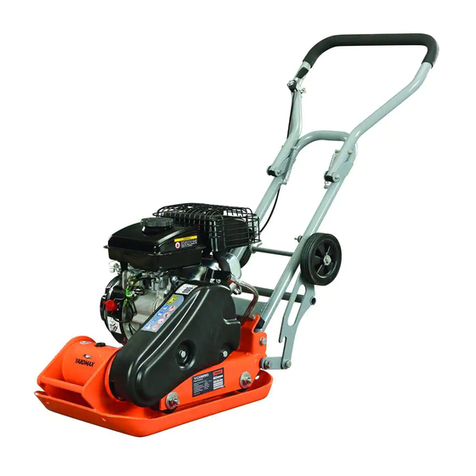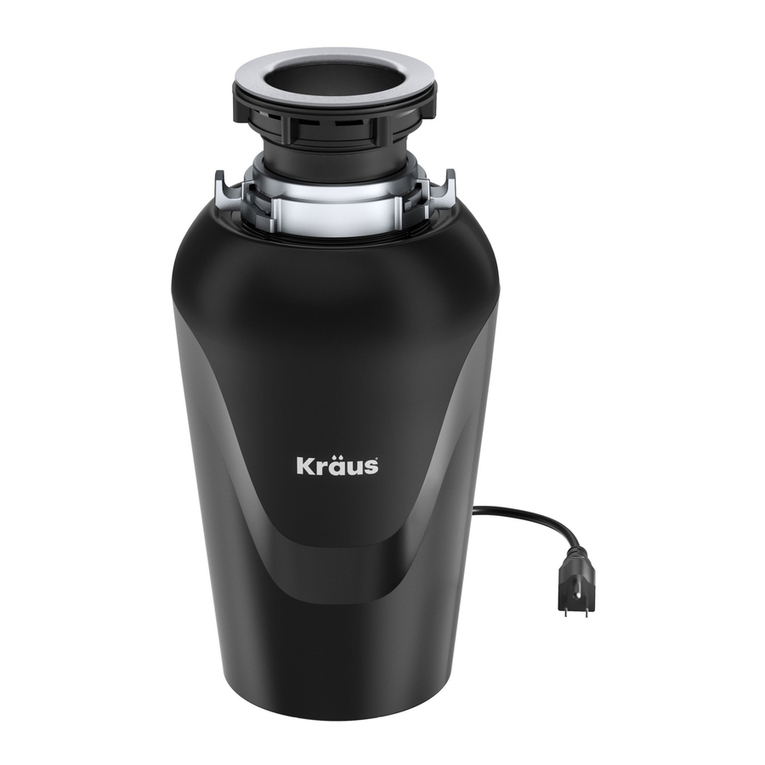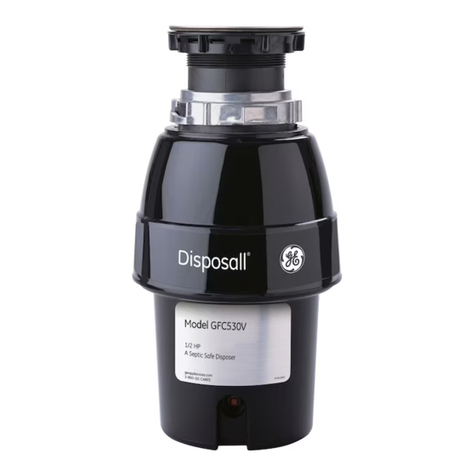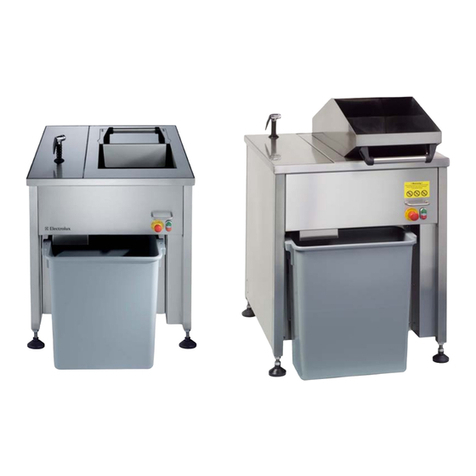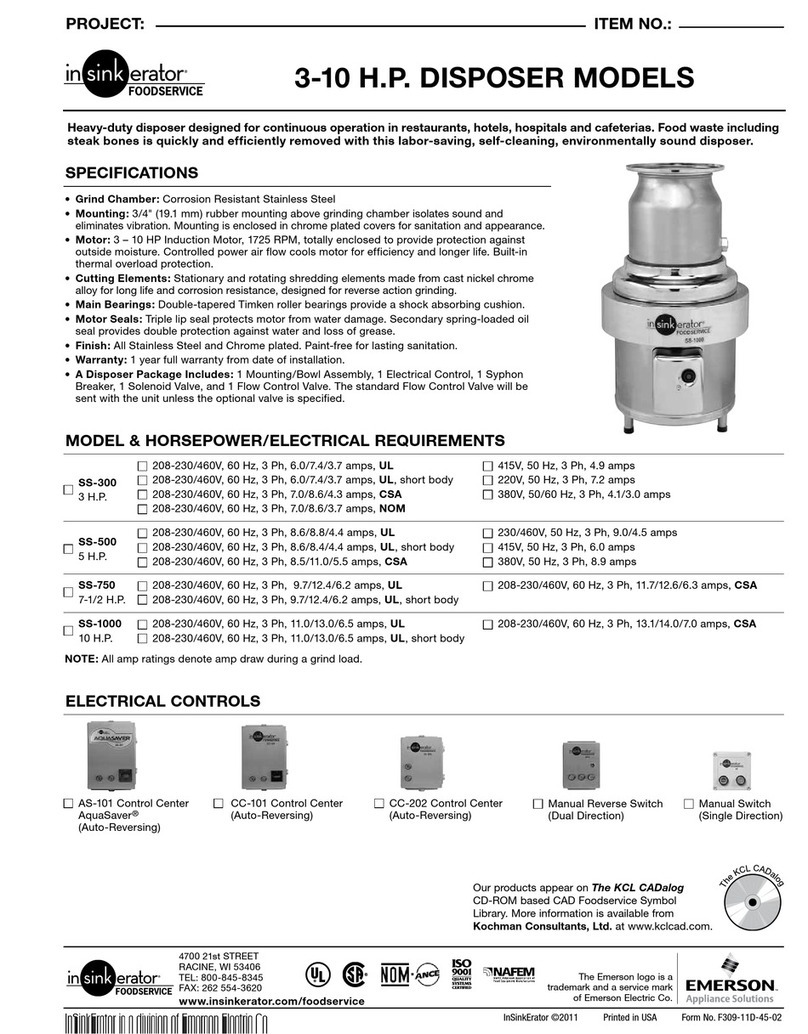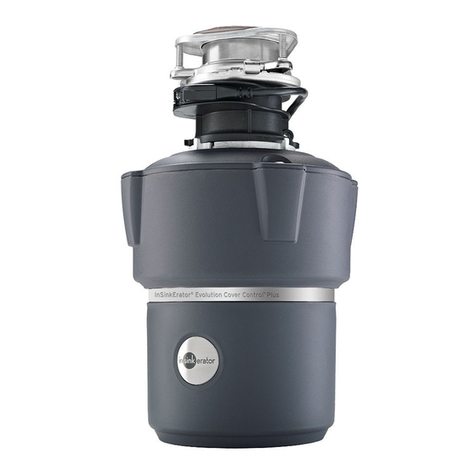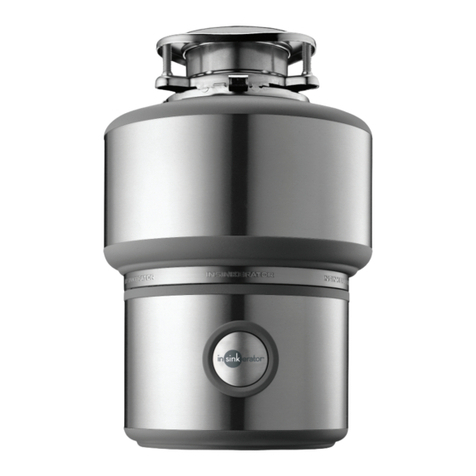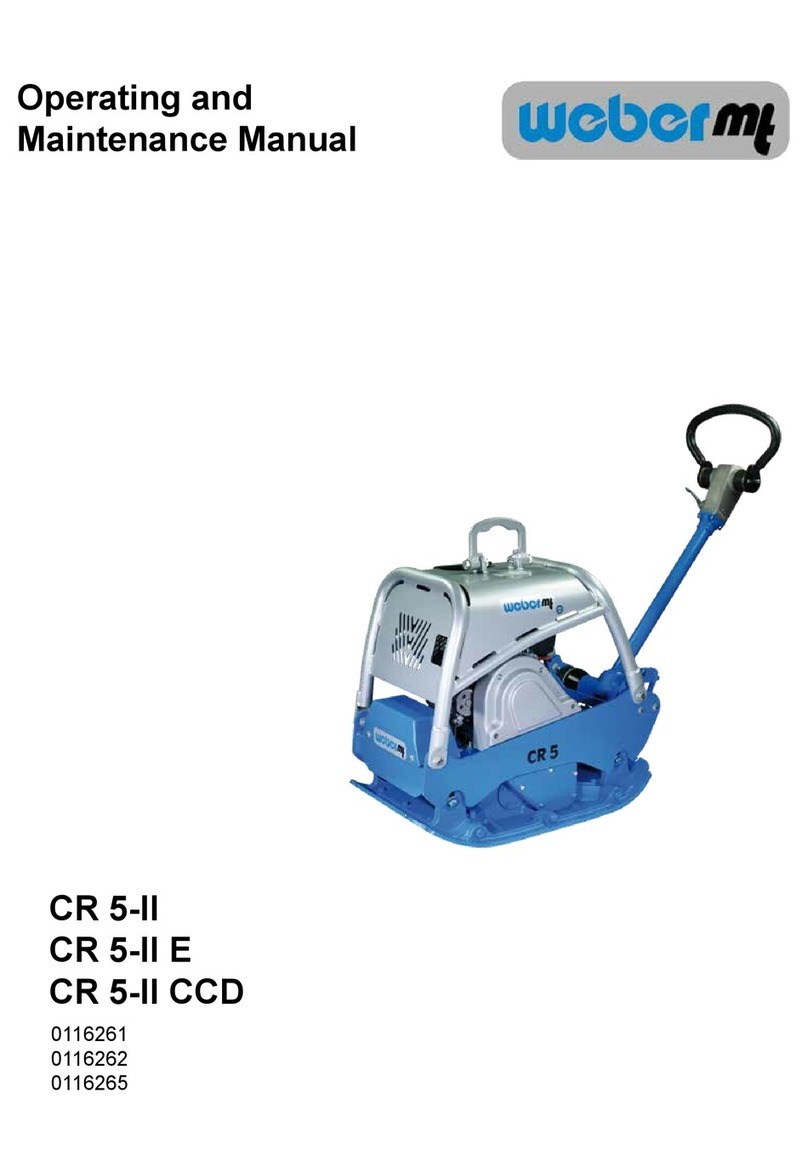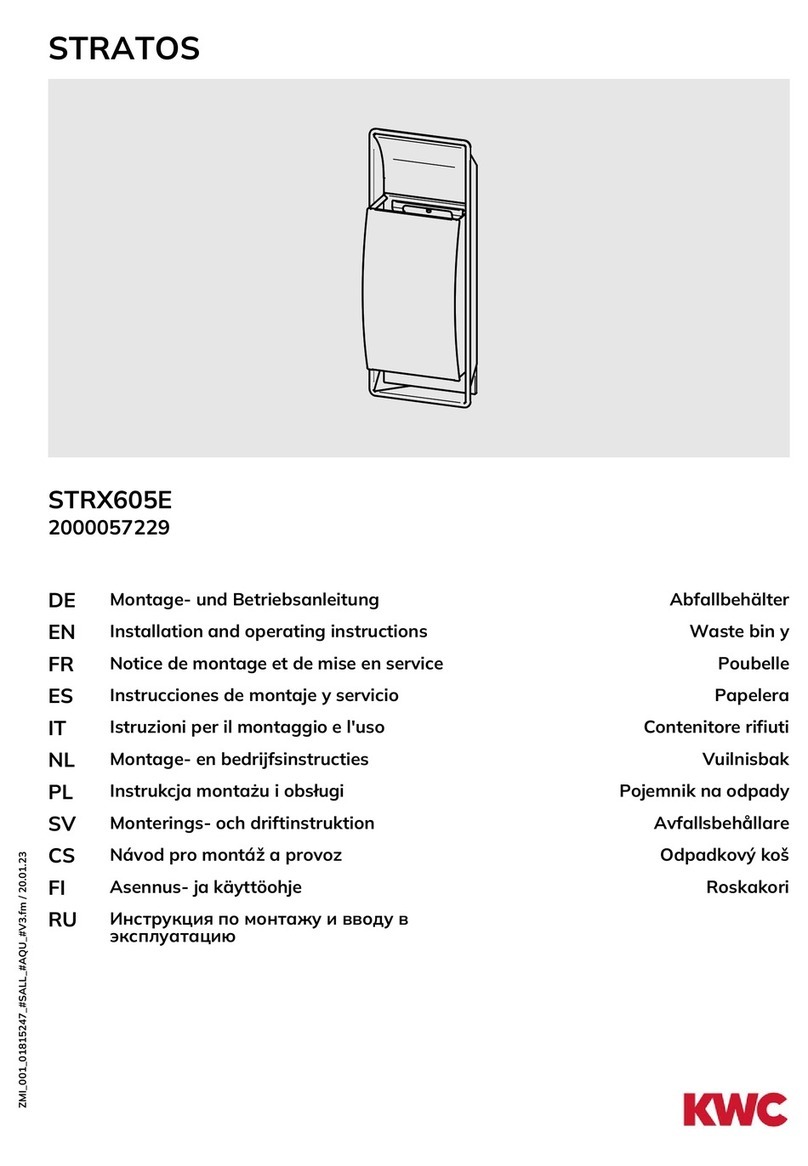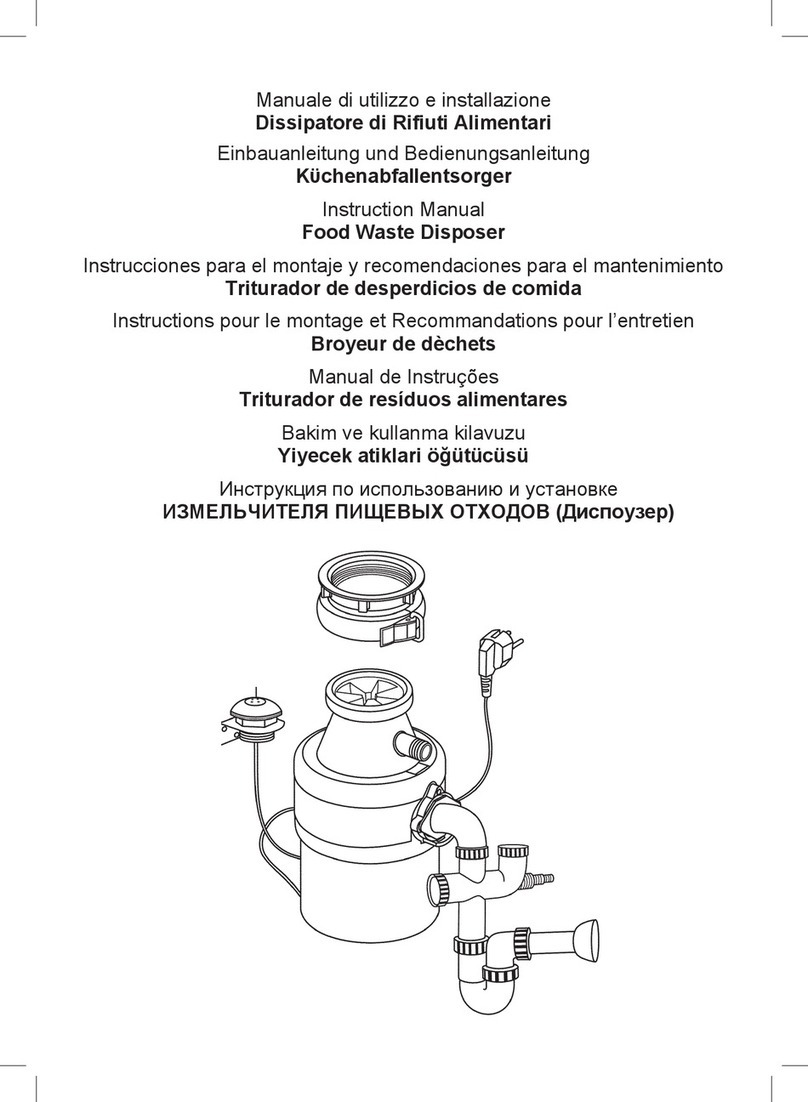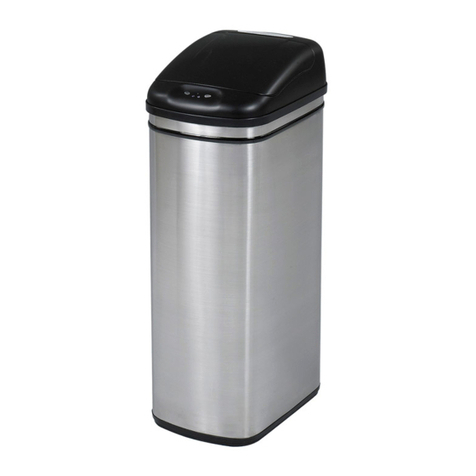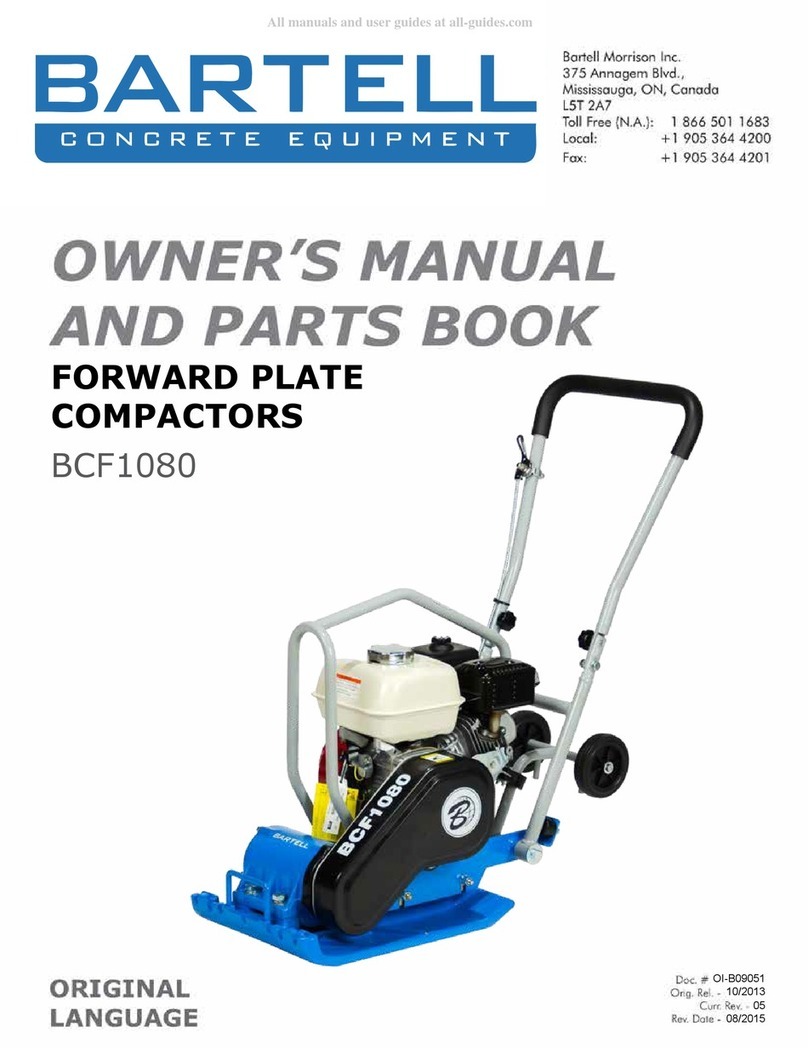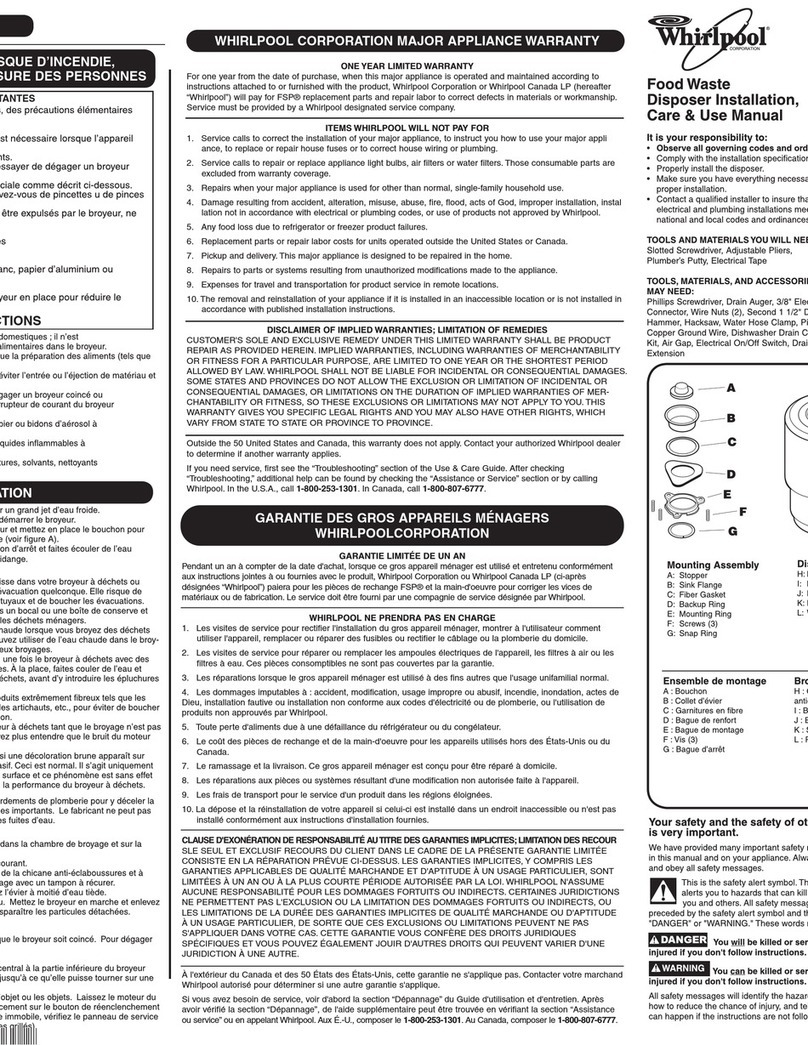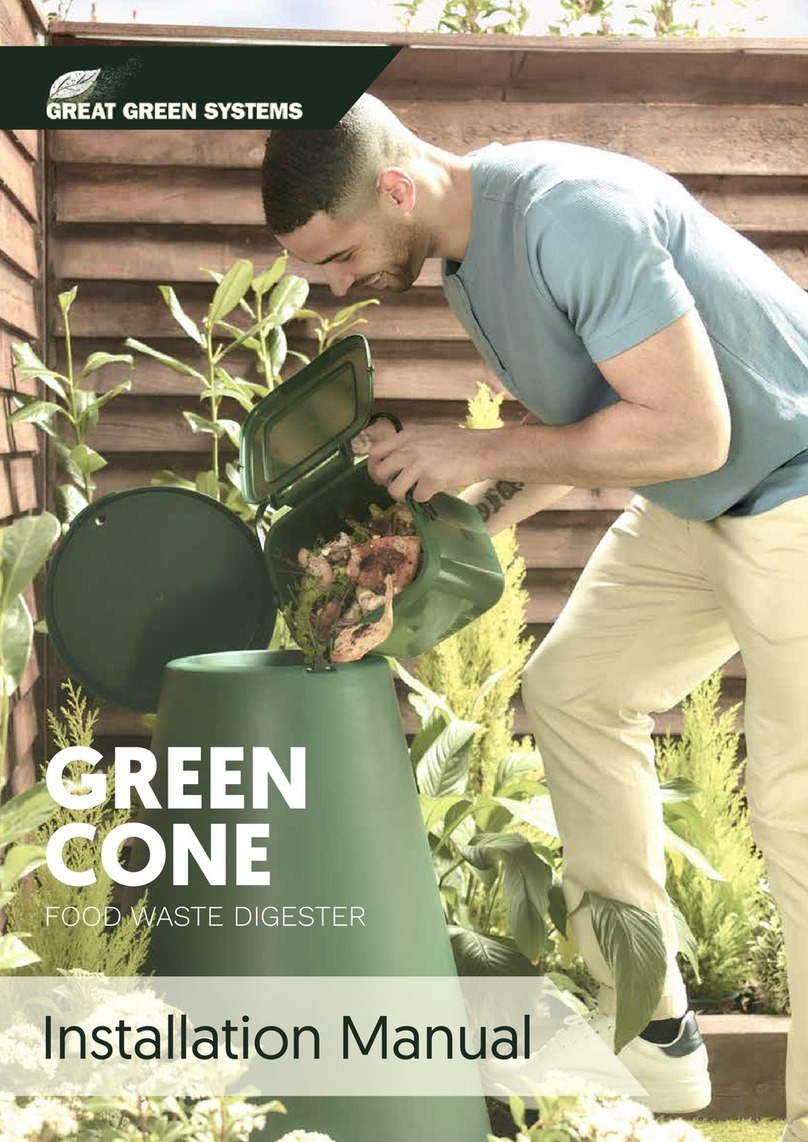
6
Q. My Compost Smells Of Ammonia, Is
That Right?
A. No, your compost should hardly
havean aroma. You have probably
been putting in too much nitrogen-
rich waste like grass clippings, meat or
sh. To counter the smell and regain
the normal harmony of the compost,
add in some garden soil and a mixture
of chopped-up woody garden waste,
shredded paper, torn-up cardboard
and/or woodchips. Mix this in and
then take a small batch of thenished
compost from the base of the unit
and sprinkleoverthe top.
Q. The Compost In The Green Johanna
Smells Bad. How Do I Get Rid Of The
Odour?
A. First of all it’s important to
understandthe cause of the smell,
which in this case is due to poor
aeration. You will need to add some
chopped hedge clippings and other
coarse garden waste. This must now
be well mixed in and air forced around
all the interior of the unit. If at this
stage the compost is looking too wet,
add some shredded paper, torn-up
cardboard and/or woodchips and mix
in well.
Q. How Do I Stop Ants From Getting In
The Compost?
A. You need to keep your compost
moist,the ants are attractedto dry
soil-like materials. Now is the time to
take asmall watering can and gently
start to add water to your mix. After
every few sprinkles mix in the water.
You want the consistency to feel
likedampsponge.
Q. There Are Lots Of Flies In And
Around My Compost, Is This
Normal?
A. No, this is an indication of poorly
covered, nitrogen-rich compost. There
are a couple of things you need to
look at here. Firstly, mix the surface
layer well and cover with fresh soil and
clippings. Secondly, check that you are
shutting the lid securely when you are
lling up the Green Johanna.
Q. What Insects Do I Want Living In
My Compost?
A. The more insects and creatures
munching away in your Green
Johanna the warmer it will get and
the composting process will continue
at pace. So when you mix your layers
look out for: mites, worms, false-
scorpions, woodlice, springtails,
nematodes, centipedes and earwigs.
Q. It Looks Like The Activity In My
Composter Has Stopped, What
Have I Done Wrong?
A. There are six main reasons for a
composter to stop working. Read
through the options below to identify
your cause:
#1. There may be too much carbon content
(ie dry leaves, twigs, paper) so add food
waste and green garden waste and mix
in well.
#2. You have too much bulky material in the
mix. It is important to chop all waste
nely and mix well.
#3. A lack of material in general will always
slow the process and in some cases stop
it completely. Fresh and regular waste
lled near to the top of the unit is the
way to start up the process again.
#4. The whole mix is too solid and compact,
strangling air supply throughout. Give
the contents a really good stir and
add chopped-up twigs, shredded or
scrunched-up paper, torn-up cardboard,
woodchips to help with aeration.
#5. The compost has dried out, stalling the
process. You need to be adding more
moist food waste and water carefully to
bring back the damp sponge consistency.
#6. Cold weather and a poorly-fed
GreenJohanna can bring a halt to the
composting process. During the colder
months make sure you are topping up
the layers every day and consider putting
an insulating jacket on the composter.
Insulating Jackets are available at
www.greatgreensystems.com
The most common questions asked by
Green Johanna users







